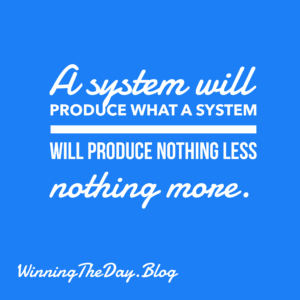Do you ever feel like some agents just have all the luck? They get the perfect listing, a fantastic buyer lead, or a referral from out of the blue. It’s easy to think they’re just in the right place at the right time. But what if “luck” wasn’t something you waited for, but something you actively created?
It might sound too simple, but one of the most powerful tools you have is your own voice. The more you talk about what you’re working on, the more you attract opportunities. This isn’t just about broadcasting your successes on social media. It’s about having genuine conversations with everyone in your sphere—your friends, your family, the person you grab coffee from every morning.
When you tell someone, “I’m helping a family find a bigger home because their kids are getting older,” or “I’m looking for a specific type of property for a client,” you’re planting a seed. You’re giving them a clear, tangible way to help you. People want to support you, but they can’t help if they don’t know what you need. By sharing your current projects and goals, you open the door for them to connect you with the right person or the perfect opportunity. Don’t be afraid to be specific. That’s how luck finds you.
Action Is the Antidote to Anxiety
Every real estate professional knows the feeling: a deal that’s on the verge of falling apart, a market that feels unpredictable, or the pressure of a slow month. These situations can create a paralyzing anxiety that makes it hard to move forward. When we’re caught in a cycle of fear and worry, we often feel stuck.
The good news? The cure for this anxiety isn’t wishful thinking—it’s action.
Think about a difficult client situation or a tough negotiation. When you’re just thinking and worrying about it, the problem seems to get bigger and scarier. But the moment you pick up the phone, write the email, or sit down to create a new strategy, the fear starts to shrink. Each small step you take, no matter how imperfect or slow, is progress.
Progress is what reduces the fear. Making a phone call to gather more information, researching a new marketing angle, or even just outlining the possible solutions helps you regain a sense of control. You’re no longer a passive victim of the problem; you’re actively working to solve it. This proactive mindset transforms anxiety into productive energy.
So, the next time you feel that knot of worry, don’t just sit with it. Take one small action. You’ll be amazed at how quickly the fear fades as you start making progress.






